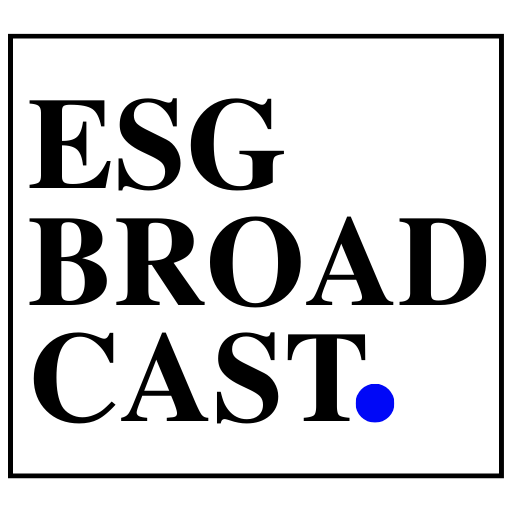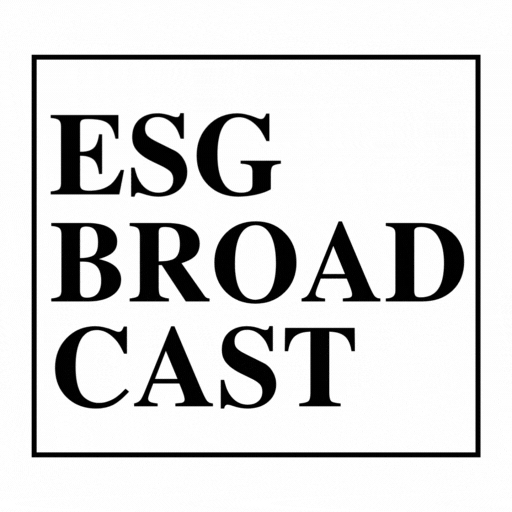NASA said Wednesday that it had given an award to The Boeing Company for the agency’s Sustainable Flight Demonstrator project. This project aims to help develop a new generation of green single-aisle airliners.
Under a Funded Space Act Agreement, Boeing and NASA will work together to build, test, and fly a full-scale demonstrator aircraft and validate technologies that aim to lower emissions.
NASA will put in $425 million over seven years, and the company and its partners will put in the rest of the money, estimated to be about $725 million. The agency will also give its technical know-how and facilities as part of the deal.
“Since the beginning, NASA has been with you when you fly. NASA has dared to go farther, faster, higher. And in doing so, NASA has made aviation more sustainable and dependable. It is in our DNA,” said NASA Administrator Bill Nelson. “It’s our goal that NASA’s partnership with Boeing to produce and test a full-scale demonstrator will help lead to future commercial airliners that are more fuel efficient, with benefits to the environment, the commercial aviation industry, and to passengers worldwide. If we are successful, we may see these technologies in planes that the public takes to the skies in the 2030s.”
Single-aisle planes are the workhorses of many airline fleets. Because they are used so much, they are responsible for almost half of all aviation emissions worldwide. NASA plans to finish testing for the project by the end of the 2020s. This is so that the technologies and designs shown by the project can help the aviation industry decide on the next generation of single-aisle planes that could go into service in the 2030s.
NASA and Boeing will work together on the Sustainable Flight Demonstrator project to build and test a full-size Transonic Truss-Braced Wing demonstrator aircraft.
The Transonic Truss-Braced Wing idea is for an aeroplane with long, thin wings that are held up by diagonal struts. This design makes an aeroplane that uses much less fuel than a traditional airliner. This is because its shape creates less drag and uses less fuel.
With the new Funded Space Act agreement, NASA can use the knowledge and experience of the private sector. Boeing and its partners will lay out a technical plan. NASA will let people use its aeronautics facilities and learn from its experts. NASA won’t buy an aeroplane or any other equipment for its missions. Instead, the agency will get access to certain ground and flight data that can be used to verify the configuration of the airframe and the technologies that go with it.
The Sustainable Flight Demonstrator will help the United States reach one of the environmental goals in the U.S. Aviation Climate Action Plan: to have net-zero carbon emissions from aviation by 2050. In addition, the International Civil Aviation Organization has also set a goal of net-zero carbon emissions by 2050.
The project is a part of NASA’s Integrated Aviation Systems Program. It is also a key part of the Sustainable Flight National Partnership, whose goal is to create new aviation technologies that are more environmentally friendly.





